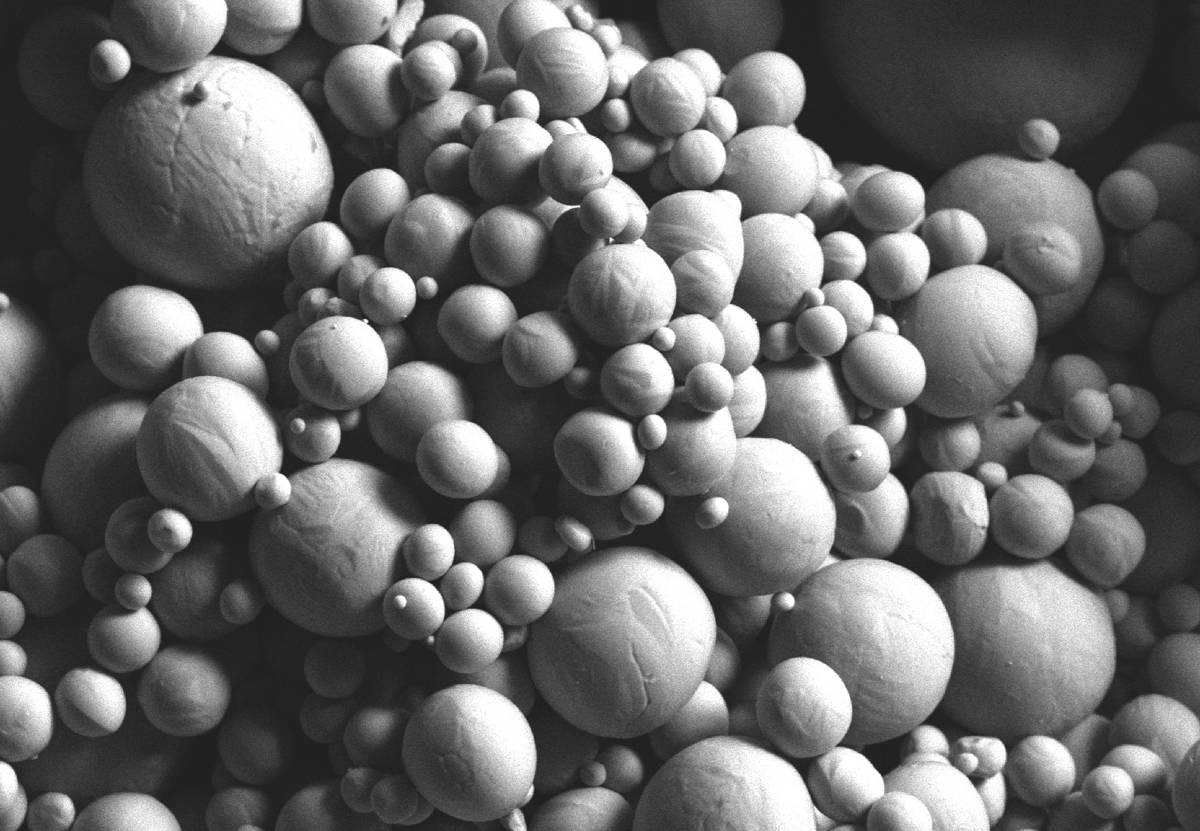Studying Collective Phenomena in Fractured Rocks
For many decades, the rock mechanics community has tacitly assumed that a rock mass can be equated to the sum of fractures and intact rocks.
Accordingly, it is believed that the behaviour of a rock mass can be understood by decomposing it into smaller pieces and characterising these pieces completely. However, from the statistical physics point of view, this commonly assumed equation, i.e. rock mass = fractures + intact rocks, is incorrect, or at least incomplete.
“Rock mass is a complex system formed by numerous fractures and rocks that interact with each other across spatiotemporal scales,” explains Qinghua Lei, the sole author of a new study published in Rocks Mechanics Bulletin. “In such a complex system, entirely new properties could emerge at a higher level arising from the collective behaviour of constituent components at the lower level, such that the system exhibits properties that its parts do not have on their own, for which reductionism breaks down. So, more is different!”
Dr. Lei, an Associate Professor at Uppsala University and a former Senior Researcher & Lecturer at ETH Zurich, further explains: “Consequently, the large-scale behaviour of a rock mass cannot be predicted by simple applications of the knowledge of small-scale core samples, due to the hierarchy of scales, heterogeneities, and physical mechanisms as well as the possible emergence of qualitatively different macroscopic phenomena.”
Based on a combined statistical physics and rock mechanics perspective, Dr. Lei presented a thorough discussion on the mechanisms of emergence in fractured rocks. Additionally, he proposed a multiscale conceptual framework to link microscopic responses of individual fractures/rocks to the macroscopic behaviour of rock masses, which consist of a large number of fractures and rocks.
“This multiscale framework can serve as a useful tool to bridge experimentally established constitutive relationships of fracture/rock samples at the laboratory scale to phenomenologically observed macroscopic properties of fractured rock masses at the site scale,” Dr. Lei concludes.















